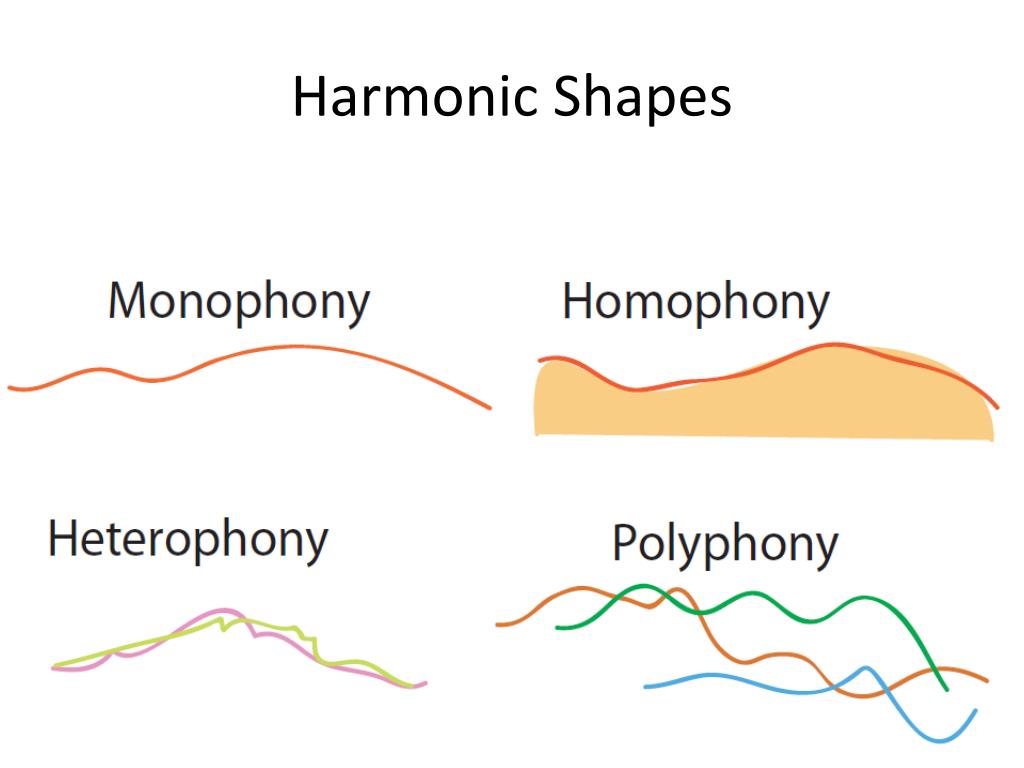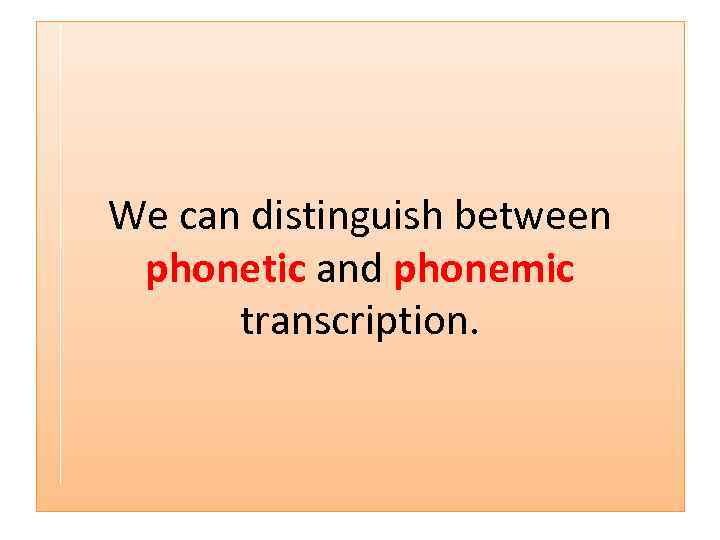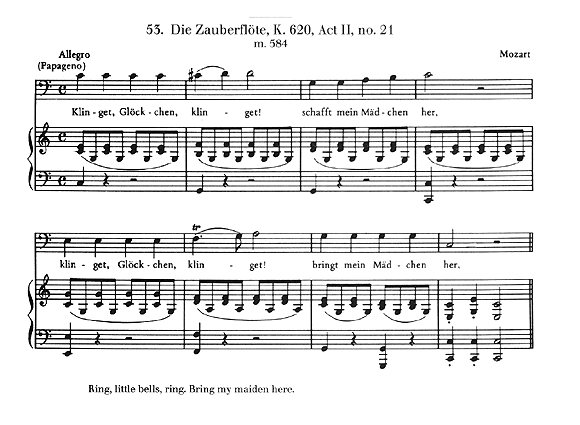

Melody-dominated texture, on the other hand, refers to other types of homophony that are not block chords.ĭifference Between Monophony Polyphony and Homophony Definition

This is also a kind of block chord texture. Homorhythmic texture occurs when all parts of the melody and harmonies have the exact same rhythm. Homorhythmic texture and melody-dominated texture are the two main subtypes of homophonic texture. Moreover, we consider a melody to be monophonic if a group of singers sings the same melody together exactly the same pitch if the same melody notes are duplicated at the octave – for example, when men and women sing together.įigure 3: Homophony in Tallis’ “If Ye Love Me” Most traditional songs, as well as folk songs, are examples of monophony.

It consists of a melody or tune sung by a single singer or played by a single instrument without accompanying harmony or chords. In the study of music, monophony refers to the simplest of musical textures. Homophony, Monophony, Polyphony What is Monophony – Comparison of Key Differences Key Terms Difference Between Monophony Polyphony and Homophony Moreover, there are three types of monophony, polyphony and homophony. Musical texture refers to the combination of melodies, harmonies, rhythms, form, tempo, and timbre in a composition. The main difference between monophony polyphony and homophony is that monophony refers to music with a single melodic line and polyphony refers to music with two or more simultaneous melodic lines, while homophony refers to music in which the main melodic line is supported by an additional musical line(s).


 0 kommentar(er)
0 kommentar(er)
